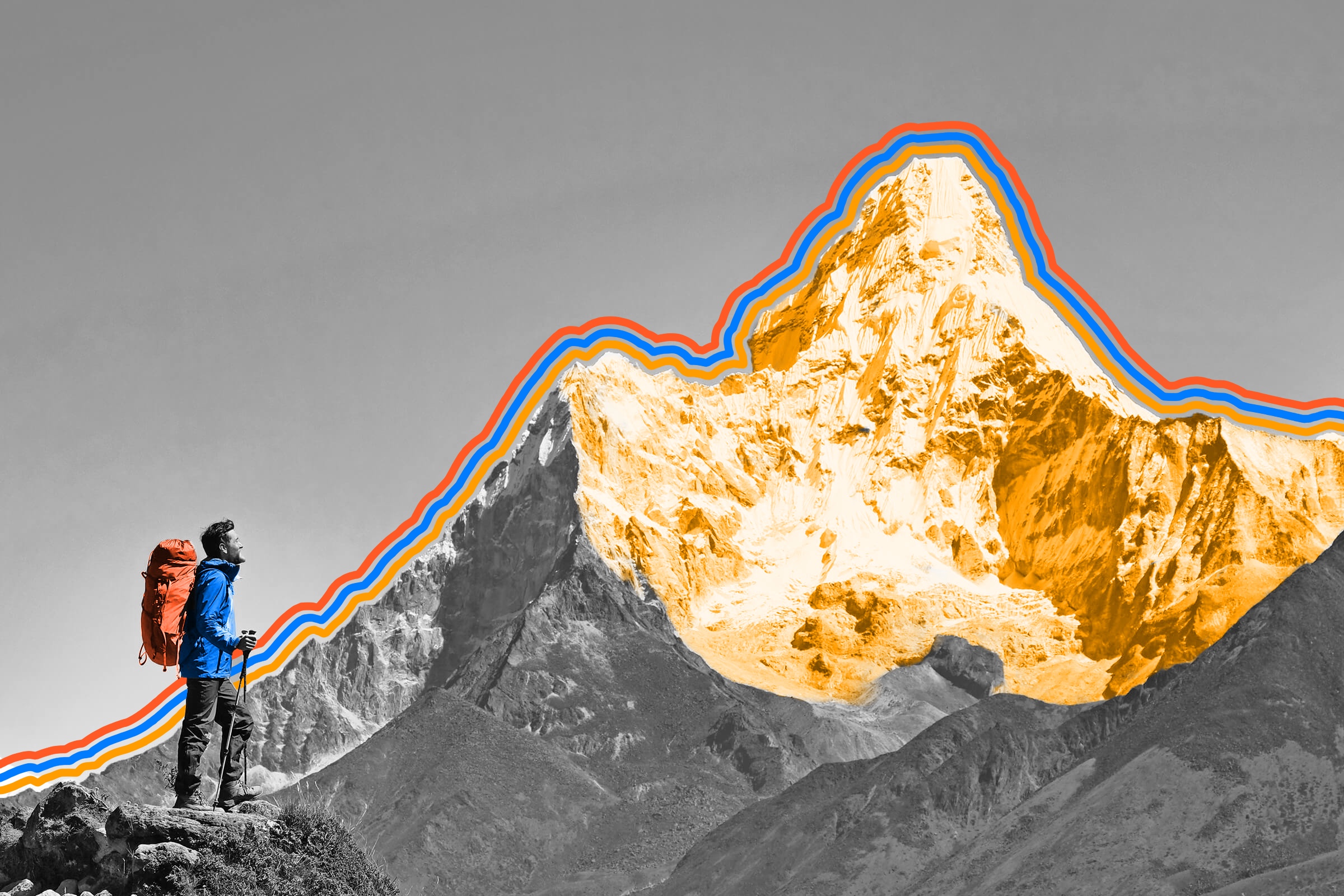
There are glaciers in the tropics.
Icy glaciers probably don’t spring to mind when you think about the tropics. But whether it’s Indonesia, Colombia, Kenya, or elsewhere, glaciers do exist in these warm climates. Of course, these huge chunks of ice aren’t sipping mai tais beachside, but are instead perched high up in mountain ranges. These frigid formations are the result of snow that’s been compressed into massive, slow-moving bodies of ice over the course of centuries.
But although these glaciers have taken ages to form, their disappearing act will be much more swift. In all, 50% of mountain glaciers (both tropical and nontropical) will disappear by the end of this century due to climate change. Glaciers can serve as vital water reserves during drought, so their disappearance can have dire consequences in hot regions. In Indonesia, the Eternity Glaciers currently rest in the Jayawijaya mountains, but continuous dry seasons mean they’ll likely disappear forever in 2026. The Conejeras glacier in the Colombian Andes will perform the same vanishing act on a similar timeline. Mount Kenya and Mount Kilimanjaro in Africa also sport glaciers on their peaks, though both mountains are steadily losing ice mass due to changes in ocean patterns caused by our warming world. Sadly, this is just the latest glacial batch facing evaporation. In 2009, the Chacaltaya glacier in Bolivia disappeared completely, and the country has lost around half of its glaciers in the past 50 years. Glaciers will continue to exist in the colder reaches of the world for centuries, but the age of tropical glaciers is quickly coming to an end.
Sometimes, when land-based glaciers get massive (specifically 19,300 square miles), they become what’s known as an ice sheet. During the last ice age, the Laurentide Ice Sheet stretched 5 million square miles, was 2 miles thick, and covered most of Canada and the northern U.S., stretching as far south as the 37th parallel — in fact, a small part of it still exists in Hudson Bay. Today, however, the big ice sheets are in the Antarctic and Greenland. Although climate change has caused these sheets to lose ice mass, they still contain 99% of the world’s freshwater ice and 68% of its total fresh water. Currently, the Antarctic Ice Sheet is about as big as the Laurentide was at its height, at roughly 5.4 million square miles.

